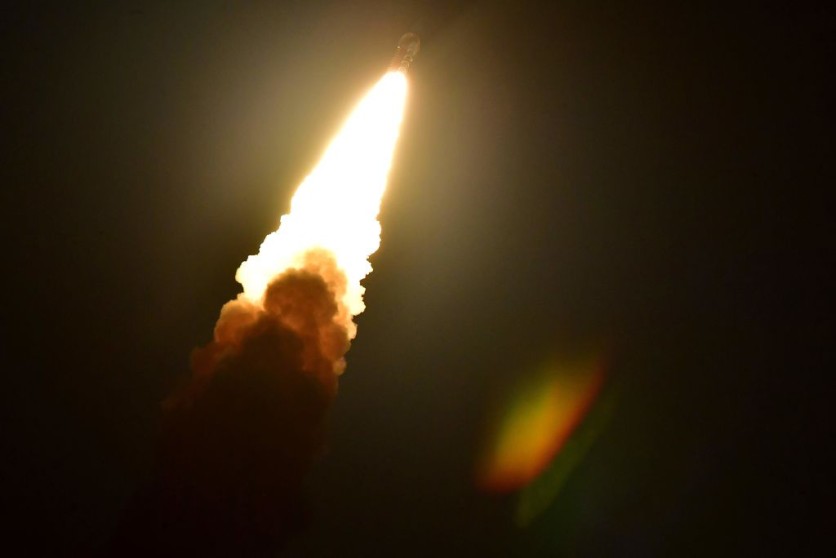The road was long but it all leads to the moon!
NASA's highly anticipated Artemis 1 mission is finally on its way to the lunar surface after it fired its most powerful rocket ever, the Space Launch System (SLS), from Launch Complex 39B of the Kennedy Space Center in Florida on Wednesday, Nov. 16.

Long-Delayed Mission
According to NASA's most recent blog post, the spacecraft split from the interim cryogenic propulsion stage (ICPS) after it finished its roughly 18-minute trans-lunar injection (TLI) burn. The spaceship is on its way to the Moon after Orion activated its auxiliary rockets to travel a safe distance away from the exhausted stage.
An hour before its split from the ICPS, the perigee raise maneuver had to be completed first. Solar arrays were also deployed on Orion and its early data suggested good performance.
Originally set to launch on November 14, the Artemis 1 mission had to be delayed due to tropical storm Nicole. The Orion spacecraft and SLS rocket were left at the launch complex to withstand the storm and sustained minor damages afterward.
Several problems with the new rocket and spacecraft forced the space agency to abandon earlier attempts to launch the Artemis 1 mission. A problem with one of the RS-25 engines on the core stage forced the cancellation of the first launch attempt, and a hydrogen leak prompted the postponement of the second.
NASA's brand-new Orion spacecraft is currently making a test orbit around the moon without any people aboard. This test flight, which is the first by NASA in almost 50 years, will determine whether SLS and Orion are ready to assist in the return of astronauts to the moon by 2025 as part of the space agency's Artemis program.
The spacecraft will be used by NASA to construct a Gateway space station around the moon, which will eventually be inhabited by personnel who will use it as a base for exploration missions to the lunar south pole and other uncharted regions.
Since the project's launch in 2017, it has cost more than $40 billion overall. Building a lunar base camp and a space station will be NASA's principal objective to sustain a permanent presence on the Moon and prioritize human space flight.
It's important to note that Artemis 1 will be carrying three mannequins instead of human passengers. The public gave the male mannequin, who was also utilized for Orion vibration tests, the name Commander Moonikin Campos.
Related Article : NASA To Bring Columbia Sportswear, Intuitive Machines Collaboration To Land on Moon in 2023
This article is owned by Tech Times
Written by Jace Dela Cruz
ⓒ 2025 TECHTIMES.com All rights reserved. Do not reproduce without permission.




